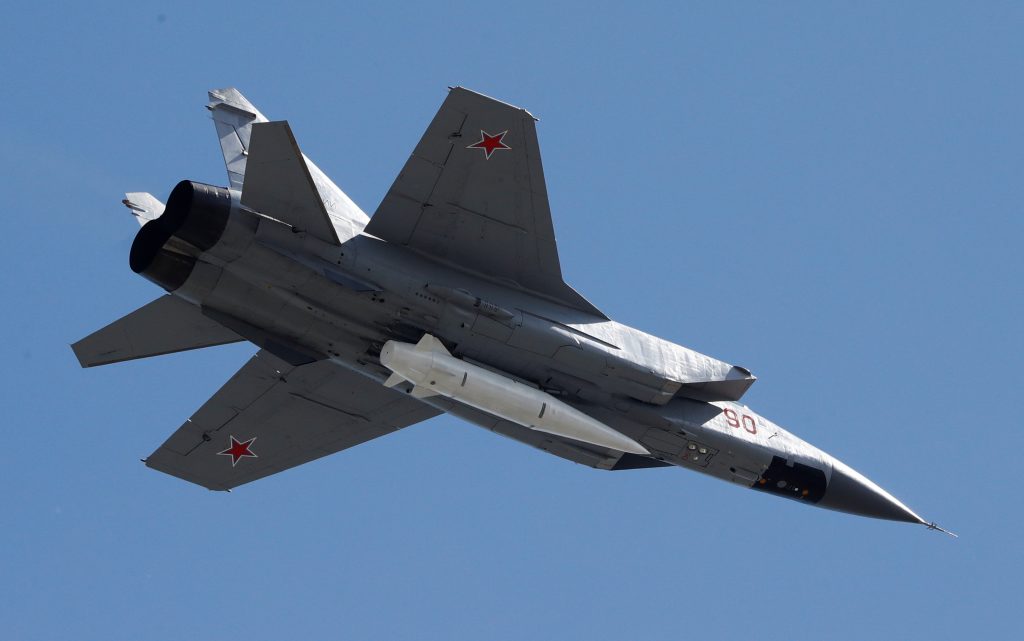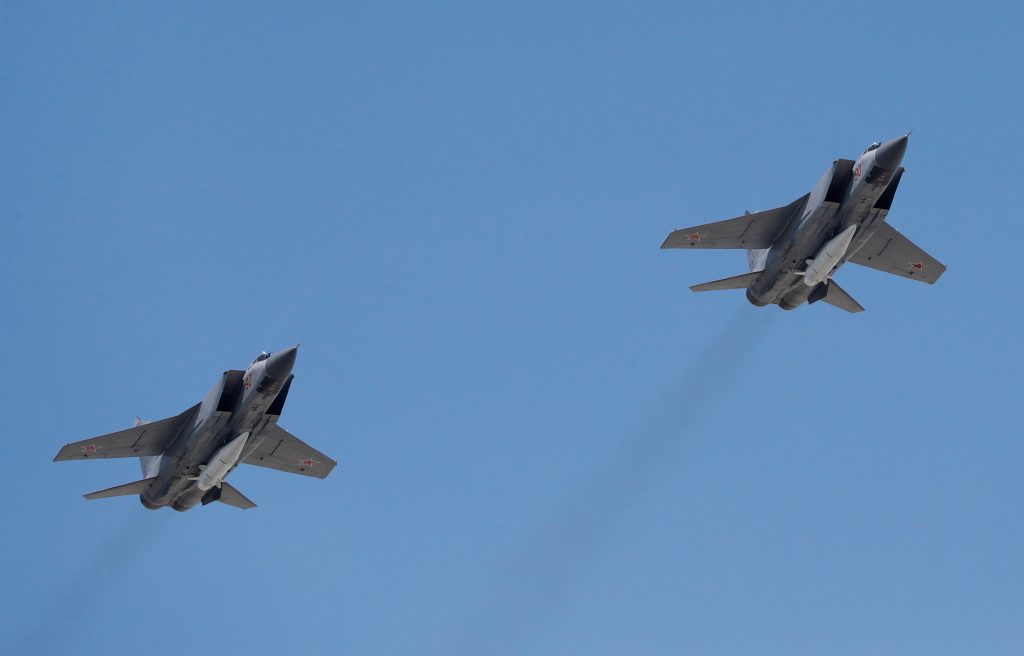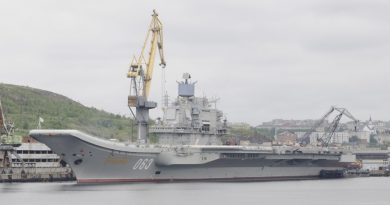Russia’s Northern Fleet prepares Arctic deployment of hypersonic Kinzhal missile

Training of personnel and building of infrastructure for the new weapon starts in 2021, Russian military representatives say.
A decision in principle to deploy the Kinzhal in the Northern Fleet has been taken and preparations are now underway, defence ministry representatives told newspaper Izvestia.
The sources do not reveal when the new regional infrastructure is planned to become operational.
The likely deployment to the north of the new missile has been known since Chief of the General Staff of the Armed Forces Gen. Valery Gerasimov met in December 2019 with 150 military attaches from foreign diplomatic missions.
Gerasimov then told his foreign guests that “a network of airports is under development, that will provide an expanded geography for the use of this [missile] complex,” thus hinting that it could be used in the new airfields currently built in the Arctic.
Russia is expanding existing and building new runways in at least five locations in its far North, including Rogachevo in Novaya Zemlya, Nagurskoye in Franz Josef Land, Sredniy in Severnaya Zemlya, Kotelny in the New Siberian Islands and Wrangel Island.
MiG-31 fighter jets are used as carriers of the Kinzhal, and the aircraft currently based near Monchegorsk, Kola Peninsula, could be applied, Izvestia reports.

There are reportedly also plans for the establishment of a new air base in the area.
The Kinzhal (Dagger) was first shown to the public by President Vladimir Putin in his speech to the nation in March 2018.
The new missile system is similar to an air-carried version of the Iskander land-based short-range ballistic missile. However, the deployment of such a missile on an aircraft gives it a more dangerous strategic position.
Unlike cruise missiles launched from an aircraft, the Kinzhal goes ballistic. Like other ballistic missiles launched from silos or submarines, going ballistic via space means hypersonic speed.
Test shooting of the Kinzhal took place over the Barents Sea in November 2019. Then the speed of the missile reportedly reached 10 Mach, ten times the speed of sound. The missile can carry both conventional and nuclear warheads. It is believed to have a range of up to 2,000 km and will pose a totally new military challenge for neighboring countries in the Arctic.
Related stories from around the North:
Canada: Canada, U.S. must do more to check Russian military in the Arctic, says NORAD chief, CBC News
Finland: US missiles: Finnish, Russian presidents call for dialogue at Helsinki meeting, Yle News
Iceland: Iceland & UK sign agreement to boost security, defence cooperation, Eye on the Arctic
Norway: Norway absent from massive US-led multinational drill in Europe next year, The Independent Barents Observer
Russia: Russia’s top general indirectly confirms Arctic deployment of Kinzhal missile, The Independent Barents Observer
Sweden: Swedish soldiers take part in Finnish naval exercise, Radio Sweden
United States: Finnish and US Presidents agree on Arctic security policies, Eye on the Arctic



